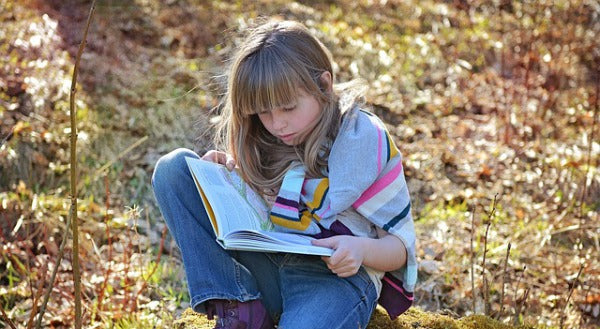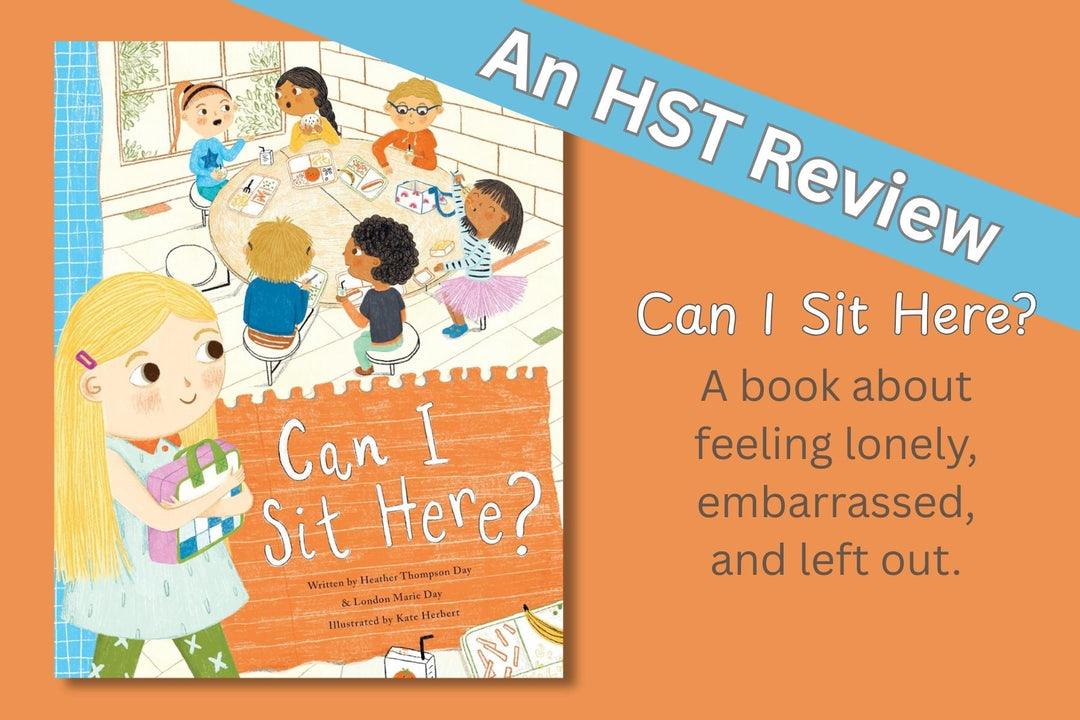Reading: The Academic Foundation

Reading is a big reason homeschoolers do so well academically. They have more time to read since they do not spend hours on classroom busywork and riding school buses. They read real books, not committee-written textbooks.

Real Books
A real book is written by a real person with passion for his subject. Some of that passion and interest communicates to a child reading the book. He reads with high interest, forms images in his mind, agrees, or disagrees. In general, his mind is working and growing as the author communicates with him. Using real books, children can read a biography in which a man is such a hero that he does nothing wrong. Then he could read a different biography that tells some faults and mistakes in the man’s life. With that, the child learns to think. He has more stories and interesting information to think about.Textbooks
By contrast, a textbook is a non-book. Committees, possibly a range of committees in teachers’ organizations, choose content. Then, after they plan or even write the text, various pressure groups push for their ideologies: “You can’t say that; it sounds like creationism.” “You need some homosexual people in the stories.” Committees preselect views. The idea is that students should come away believing what the committees want them to believe. Some homeschoolers like to use textbooks for what they call a “spine.” They see, for instance, that a textbook covers the westward movement in U.S. history. They see that this includes information about Indians, farming, gold mining, pony express, and other topics. Then they can find real books on those topics. Sometimes they read the textbook afterwards to provide a quick summary of the topics.











